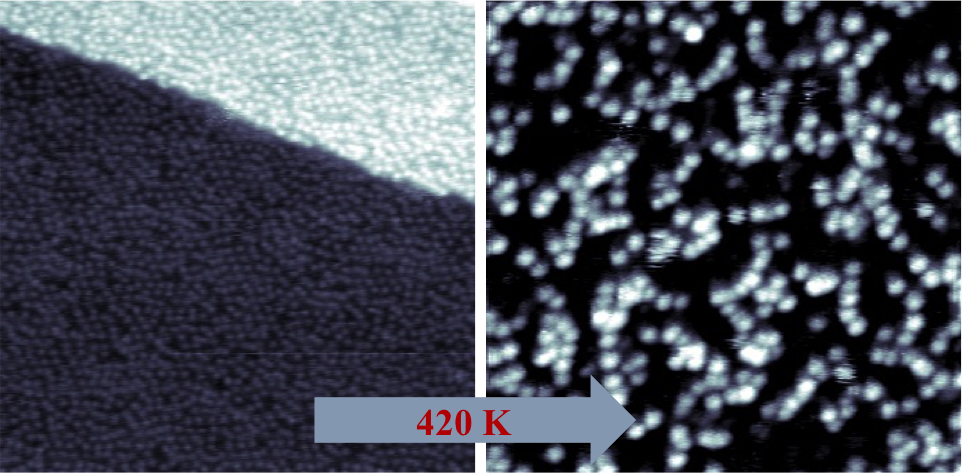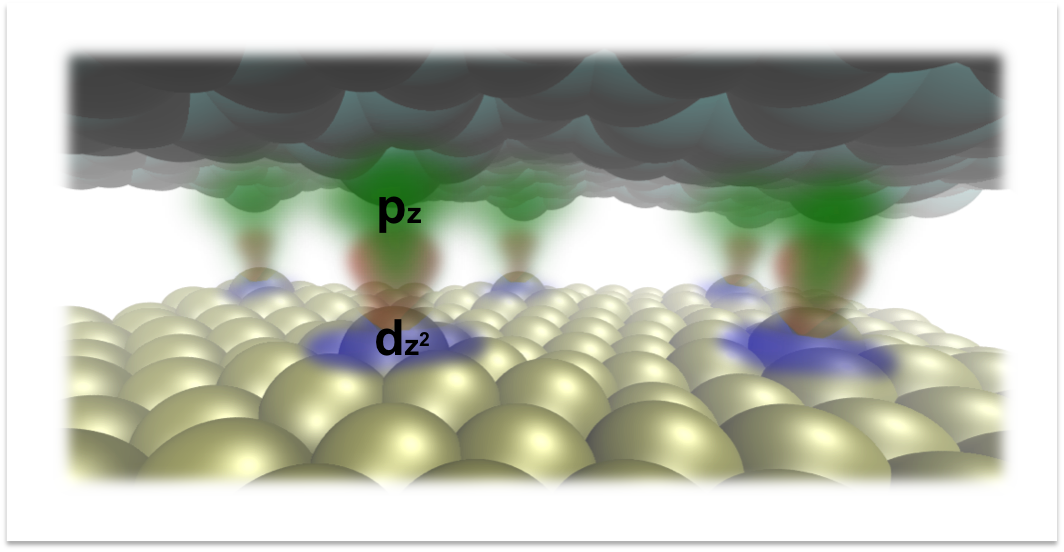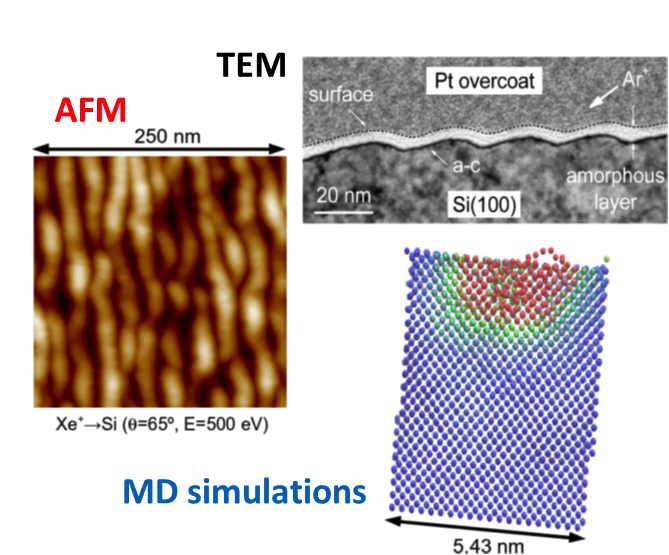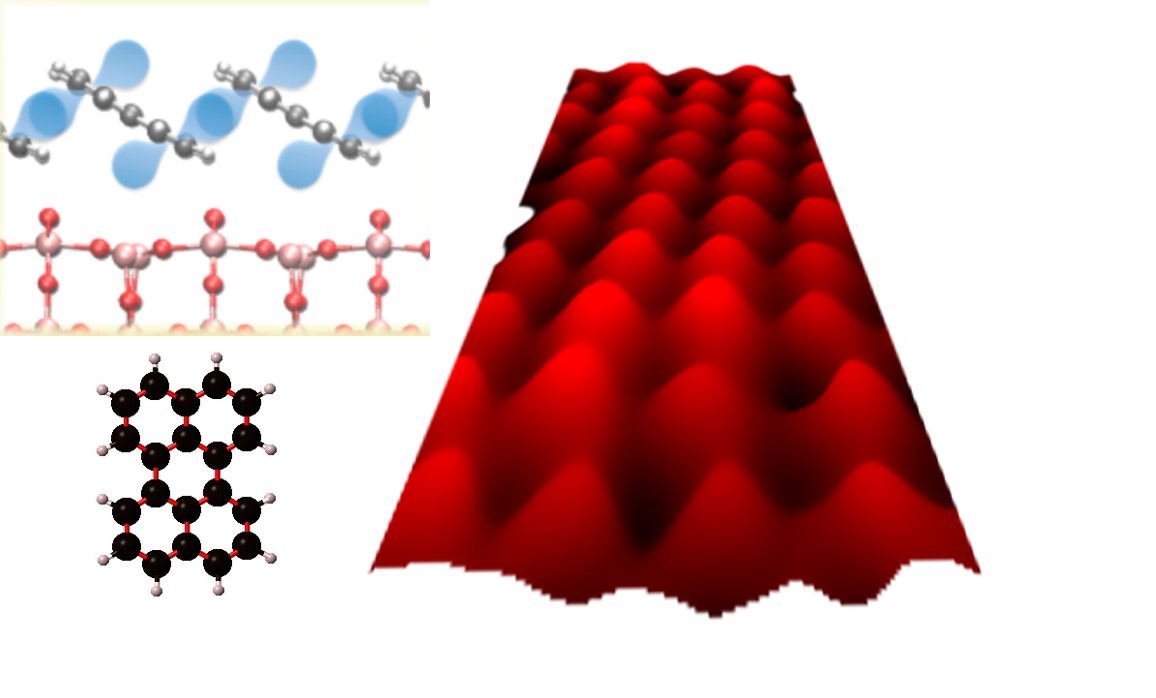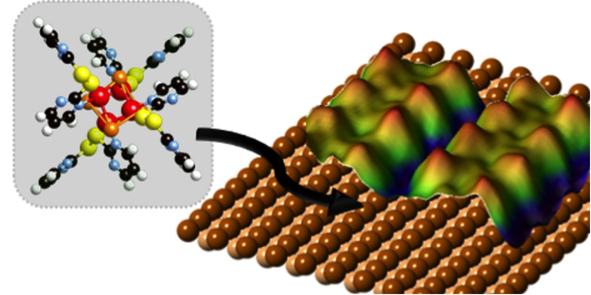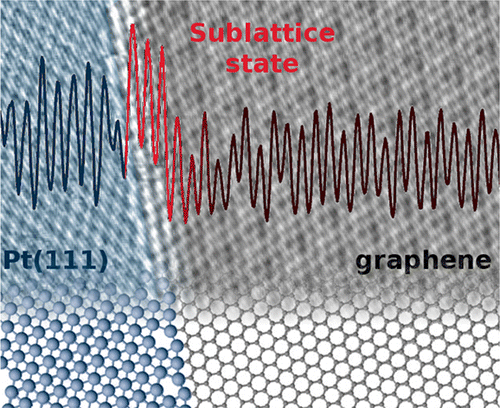Characterization of thin film growth and processing by in-situ time-resolved GISAXS

The increase in hard X-ray brightness in third generation synchrotron sources together with the development of fast two-dimensional X-ray detectors has enabled to perform time-resolved X-ray scattering experiments in the millisecond regime. Thus, the evolution of the thin film morphology at the nanoscale can be continuously monitored employing Grazing Incidence…


